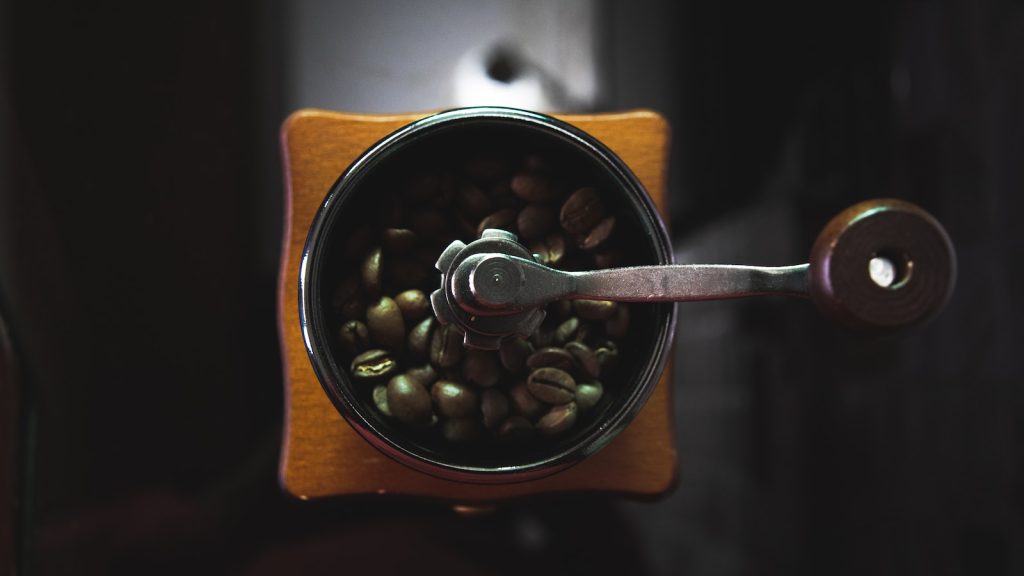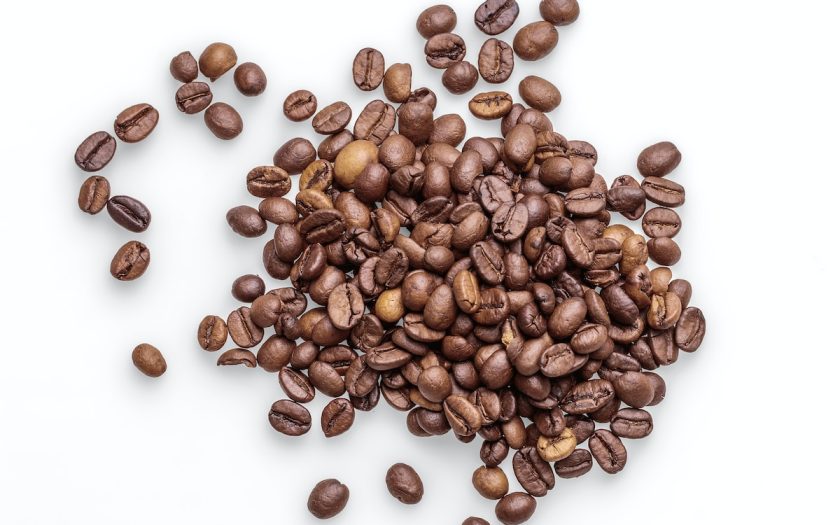Hello, fellow coffee aficionados! I’m thrilled to have you back at “CoffeCraftCue.” For four years, we’ve been on a caffeinated adventure, exploring the world of coffee, one brew at a time. If you’ve just stumbled upon this blog or are a long-time subscriber, today’s article will be a treat for all of you. We’ll dive deep into the art and science of coffee brewing, with a sprinkle of humor and a whole lot of coffee love.
There’s something almost magical about starting your day with that first sip of a perfectly brewed cup of joe. It’s like a warm, comforting hug in a mug, isn’t it? But to achieve that level of coffee nirvana, you need to understand the different coffee brewing techniques, each of which has its own unique approach and flavors. So, let’s explore the fantastic world of coffee brewing together!
Coffee Beans
Before we dive into the brewing methods, let’s talk beans. Coffee, after all, is all about the beans. There’s a vast variety of coffee beans out there, each with its distinct flavor profile. The two main categories are Arabica and Robusta. Arabica is known for its mild, nuanced flavors, while Robusta packs a robust, earthy punch.
While Arabica beans are often considered the gold standard, don’t shy away from Robusta if you enjoy a stronger, more pronounced coffee taste. Just remember that the quality of the beans, the roast level, and their origin all play a significant role in the final cup. You can experiment with different beans and find your perfect match. It’s like dating but with fewer awkward moments.
The Grind:
Once you’ve got your hands on some good coffee beans, it’s time to grind them. The grind size is crucial and varies depending on your brewing method. A rule of thumb is that the longer the coffee is in contact with water, the coarser the grind should be. Conversely, the shorter the contact, the finer the grind.
For example, if you’re planning to make espresso, go for a fine, powdery consistency. On the other hand, if you’re aiming for French press coffee, opt for a coarse grind. A burr grinder is the best choice here, as it provides a consistent grind size. Just don’t forget to adjust your grind to suit your chosen brewing method. It’s the little things that make a big difference in the coffee world.

The Right Tools:
Now that you’ve got your beans and the grind size sorted, let’s talk equipment. The coffee world offers a plethora of gadgets and gizmos, each tailored to a specific brewing technique. Here are a few tools you might encounter on your coffee journey
Drip Coffee Maker:
This is your everyday, no-fuss coffee machine. Add water, coffee grounds, press a button, and voilà! It’s the convenience queen of coffee brewing.
French Press:
A classic choice for those who prefer a full-bodied, rich cup of coffee. It’s the hipster of the coffee world, and it’s making a comeback.
Aeropress:
A travel-friendly, innovative device that uses air pressure to brew a quick and tasty cup. It’s like a coffee syringe, but in a good way.
Pour-Over:
Elegant and simple, this method involves pouring hot water over coffee grounds in a cone-shaped filter. It requires some finesse but rewards you with a clean, nuanced brew.
Espresso Machine:
The ultimate power tool for coffee lovers. It extracts a concentrated, intense shot of coffee that forms the base for many beloved drinks like lattes and cappuccinos.
Cold Brew Setup:
For those who enjoy a refreshing, chilled coffee experience, you can slowly extract flavors using cold water.
Remember, each brewing method requires its own set of instructions, so take some time to get to know your equipment. You might even find yourself collecting coffee gadgets like they’re Pokémon cards!
Brewing Techniques: The Fun Part
Now, let’s get down to business – actually brewing that cup of coffee. Here, we’ll explore some of the most popular brewing techniques, with examples and tips to make each cup a masterpiece.
Drip Coffee: Simplicity at its Best
Drip coffee makers are a staple in most households. They’re as straightforward as it gets. You add your coffee grounds, pour in water, and flip a switch. However, even in simplicity, there’s an art to be found.
Use fresh, high-quality coffee beans.Adjust the coffee-to-water ratio according to your taste.
Clean your machine regularly for the best results.
Experiment with grind size to tailor the strength of your brew.
French Press: Brewing with Boldness
The French press is a favorite among those who appreciate a strong, full-bodied cup of coffee. It’s all about steeping the coffee grounds, allowing the oils and flavors to shine.
Use a coarse grind to avoid over-extraction.
Preheat the press with hot water before adding coffee.
Experiment with steeping times for different flavor profiles.
Plunge slowly to avoid agitation and over-extraction.
Aeropress: The Innovator’s Choice
The Aeropress is a versatile gadget that allows you to experiment with various techniques. It’s great for both beginners and seasoned coffee enthusiasts.

Try the inverted method for a more controlled extraction.
Adjust your water temperature and steeping time for different results.
Experiment with different filters for unique textures in your cup.
Don’t be afraid to get creative – the Aeropress is a canvas for coffee artists.
Pour-Over: Precision in a Cup
Pour-over brewing is all about control and precision. It’s a method for those who appreciate the fine details in their coffee.
Wet the coffee grounds with a small amount of water first to bloom the coffee.
Pour the water in a controlled, circular motion to ensure even extraction.
Experiment with pour rate and water temperature for flavor adjustments.
Be patient and take your time – this method rewards attention to detail.
Espresso: The Art of the Shot
Making espresso is a true craft, and it’s the foundation for many beloved coffee drinks. It’s all about achieving the perfect balance of pressure, water, and time.
Invest in a quality espresso machine and grinder for consistent results.
Tamp your coffee grounds evenly and with the right amount of pressure.
Adjust the grind size and dose to control extraction time and flavor.
Dial in your shots by experimenting with variables like temperature and pressure.
Cold Brew: The Chilled Delight
Cold brew is the ultimate summer treat. It’s a slow and patient method that results in a smooth, less acidic coffee concentrate.
- Use coarsely ground coffee beans for a smoother cold brew.
- Steep your coffee in cold water for an extended period (12-24 hours).
- Experiment with dilution to find your preferred strength.
- Serve your cold brew over ice with a splash of milk or syrup for added delight.
Olivia Sinclair is the creative mind behind the “Coffee Machines and Other Things Affiliate” blog. With a passion for all things coffee-related and a keen interest in the world of affiliate marketing, Olivia has managed to blend her two passions into a successful online venture. Born and raised in Seattle, the heart of coffee culture, Olivia’s love for coffee started at an early age. She spent her formative years exploring local coffee shops, learning the art of brewing, and appreciating the nuances of coffee beans from around the world.
After completing her Bachelor’s degree in Marketing and Communications, Olivia embarked on a career that led her into the world of affiliate marketing. She soon realized that her true calling lay in combining her marketing expertise with her love for coffee. This realization gave birth to the “Coffee Machines and Other Things Affiliate” blog, where Olivia shares her in-depth knowledge of coffee machines, brewing methods, and other related products. Her insightful reviews and well-researched recommendations have made her a trusted source for coffee enthusiasts seeking guidance on their purchases.
When she’s not busy exploring the latest coffee trends and testing new products, you can find Olivia hiking in the beautiful Pacific Northwest or honing her latte art skills. She believes in the power of a great cup of coffee to brighten anyone’s day and is dedicated to helping her readers find the perfect coffee-related products to elevate their coffee experience.
